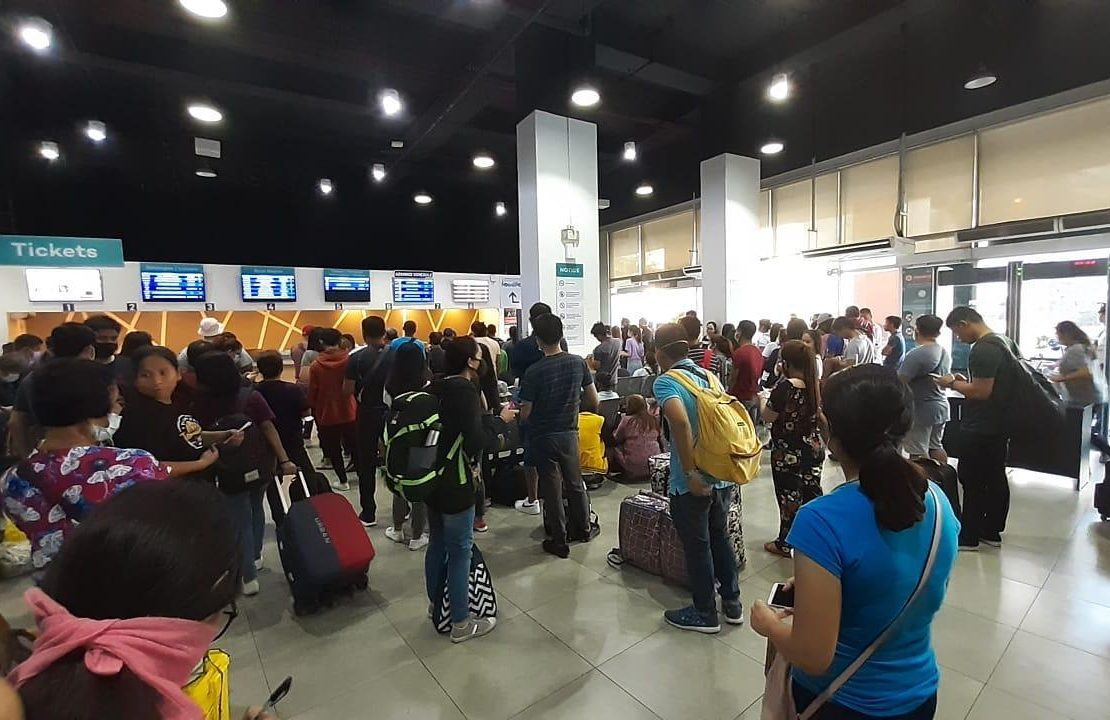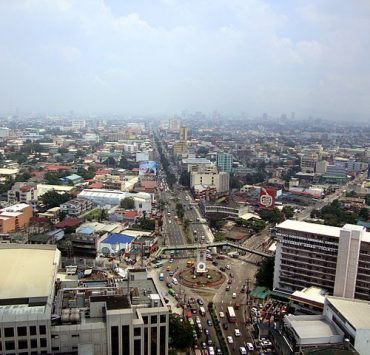After the President announced a month-long quarantine for Metro Manila as an attempt to contain the spread of COVID-19, the situation set to unfold for the region has started to form its picture.
Aside from classes, work in various government offices had been suspended as well. Meanwhile, private companies are advised to employ flexible work schedules and practices, such as telecommuting, observing guidelines from the Department of Labor and Employment and the Department of Trade and Industry.
Traveling domestically by land, air and sea to and from Metro Manila will also be withheld for an entire month starting Mar. 15 up to Apr. 14.
[READ: “Not a lockdown”: Duterte imposes quarantine in Metro Manila]While residents of Metro Manila are clearly set to undergo adjustments to their everyday hustle, those in outlying provinces like Cavite, Laguna, Batangas, Rizal, and Bulacan may have started wondering how the community quarantine of the capital region could affect them.
Being the country’s economic and financial hub, many jobs are based in the metro and because of this abundance, a lot of people who reside in nearby provinces choose to work in the capital region.
With this, the question of what happens to them and their jobs are in the air. Although work from home is strongly advised, Department of Interior and Local Government’s Secretary Eduardo Año assured that they will not restrict employees from outside Metro Manila to enter the region, given that they present their identification cards indicating the addresses of their workplaces as proof of their employment in the region.
Of course, precaution must still be taken and considered by each individual, especially as the confirmed COVID-19 patient in Cagayan de Oro City was revealed to have worked in Metro Manila.
As for those worrying about shortage of food and sanitation supplies, the Department of Finance has already stated that the movement of goods is not covered by the community quarantine of Metro Manila. Thus, there is no need for people to flock to groceries for panic buying—which can do more harm than good.
[READ: How to smartly stock up your pantry and household in a lockdown]Mass public transportation will also continue its operations, including the Light Rail Transit (LRT), Metro Rail Transit (MRT) and Philippine National Railways (PNR).
The earlier announcement of the suspension of travel to and from Metro Manila had also sent most non-residents flocking to bus terminals in order to head to their respective residences outside of the region.
LOOK: Situation in Araneta City Bus Port, day after President Rodrigo Duterte has approved the imposition of a “community quarantine” in the entire Metro Manila. | 📷 Ed Lustan/ https://t.co/EDjVS4ZpUMhttps://t.co/njEeaGnIwS pic.twitter.com/Pe3GwkQmL6
— Inquirer (@inquirerdotnet) March 13, 2020
Despite the start of Metro Manila’s community quarantine, the virus had also spread to these neighboring regions—specifically in Rizal where three cases with two deaths were already recorded, Cavite and Batangas which just confirmed its first case on Mar. 13.
In response to their rising number of cases, Rizal had already initiated a localized community quarantine.
Just like in Metro Manila, public gatherings in the surrounding provinces have also started declaring its cancellations. For example, the upcoming Tsinelas Festival in Liliw, Laguna has officially been called off.
Various cities, including Malvar and Sto. Tomas in Batangas as well as Biñan, Sta. Rosa, and San Pedro in Laguna, had suspended classes for a couple of days to perform preventive measures such as disinfecting school premises to ensure students’ safety.
#WalangPasok There are still no confirmed cases of COVID-19 in both provinces but the local government units are taking preventive measures like disinfecting schools to avoid possible contamination. https://t.co/RzOXwhwalG pic.twitter.com/1I8pITqruI
— Inquirer (@inquirerdotnet) March 12, 2020
Together with class suspensions, Albay has also lined up the protective measures they will take in preparation.
Although farther from Metro Manila, the city of Davao will also be implementing its directive limiting movement of people to prevent the spread of COVID-19. This includes prohibiting residents from leaving Davao City and requesting those who are set to enter the city to postpone their travel in the meantime.
Currently, the country is on an upgraded Code Red Sublevel 2 alert for COVID-19 and will continue to be on evaluation for the forthcoming days. With this, all that we can do—whether as residents of Metro Manila or not—is make sure we take protective measures and stay updated about current happenings ourselves.
Header photo courtesy of Inquirer.net
Get more stories like this by subscribing to our weekly newsletter here.
Read more:
Fact or fiction: Debunking misconceptions amid the coronavirus outbreak
Coronavirus confirmed in PH, here’s what to do next
Don’t use the coronavirus outbreak as an excuse to be racist
Writer: YANN MAGCAMIT




